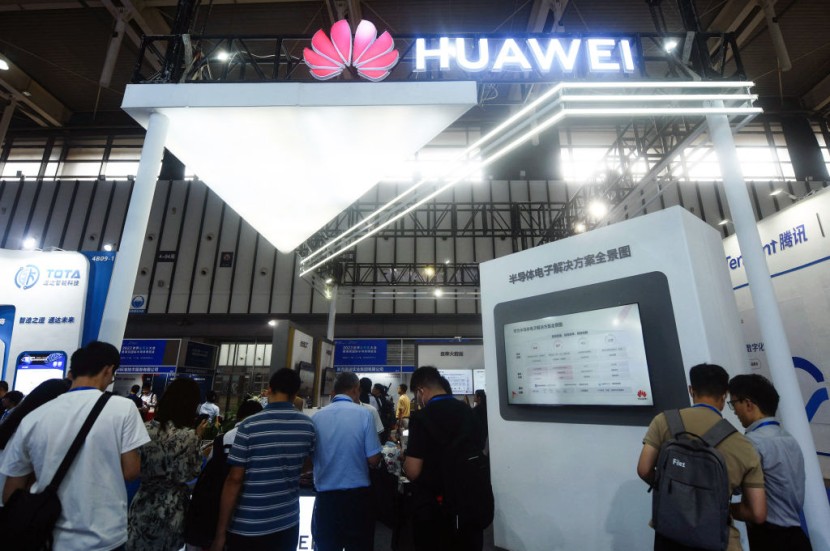
A subsidiary of Huawei Technologies is exporting new Chinese-made chips for security cameras, which is a new indication that the Chinese tech giant is finding ways to get over export restrictions that have been in place for four years.
The company's HiSilicon chip design section began shipping products to producers of surveillance cameras this year, according to Reuters. At least some of the consumers, according to one of the persons informed on the unit, were Chinese.
Going Beyond American Regulations
In recent weeks, Huawei has also announced new smartphones that make use of cutting-edge, allegedly domestically produced CPUs.
The changes show that Washington's export restrictions, which have since 2019 prevented the Chinese tech giant from buying parts and technology from American companies without permission, are being circumvented.
The company's apparent ability to get beyond American regulations on chip design software is a significant contributing element.
Despite being two to three generations behind cutting-edge technology, Huawei stated in March that it had made advancements in design tools for chips produced at and above 14 nanometres.
HiSilicon primarily provides semiconductors for Huawei hardware, although it has also served external clients like Dahua Technology and Hikvision. It was the leading semiconductor provider to the security camera industry prior to the implementation of U.S. export regulations; brokerage Southwest Securities estimated its market share in 2018 at 60 percent.
HiSilicon's global market share decreased to just 3.9 percent by 2021, based on information from consultancy company Frost & Sullivan.
HiSilicon has supplied some low-end surveillance chips since 2019, according to one of the persons briefed on the unit's work, but its focus is on the high-end market and taking back market share from companies like Taiwan's Novatek Microelectronics Corp.
Late in August, Huawei released the Mate 60 Pro, a new smartphone with a cutting-edge CPU that consumers said was capable of 5G speeds.
Chinese state media and the general public applauded the occasion as Huawei's smartphone company making a return after being crushed by U.S. sanctions.
The Mate 60 Pro was studied by research company TechInsights, which discovered that it was powered by a new Kirin 9000S, a cutting-edge chip that was most likely produced in China by Semiconductor Manufacturing International Corp., the leading chip foundry in China.
Regarding the phone's 5G capabilities or how it created the cutting-edge processor, Huawei has not made any comments.
The Kirin series was historically created by HiSilicon, and before the United States sanctioned Huawei, TSMC in Taiwan collaborated with them to produce it.
Read also: China Denies iPhone Ban in Government Offices, Says It Hasn't Passed Any Laws
US Demands Tighter Export Controls
U.S. lawmakers demanded "more effective export controls" and increased pressure on Huawei and Semiconductor Manufacturing International Corp. after the debut of the device.
The United States lacks proof that Huawei is capable of mass producing cellphones with cutting-edge components. Gina Raimondo, the secretary of commerce, stated on Tuesday.
HiSilicon's access to electronic design automation (EDA) software from Cadence Design Systems Inc Synopsys Inc, and Siemens AG's Mentor Graphics has been severely restricted by U.S. sanctions. The chip-design industry, which creates designs for chips prior to their mass production, is dominated by the offerings of three businesses.
Related article: Chinese Tech Firm Huawei Could Spy on Nuclear Assets via Cell Phone Infrastructure








